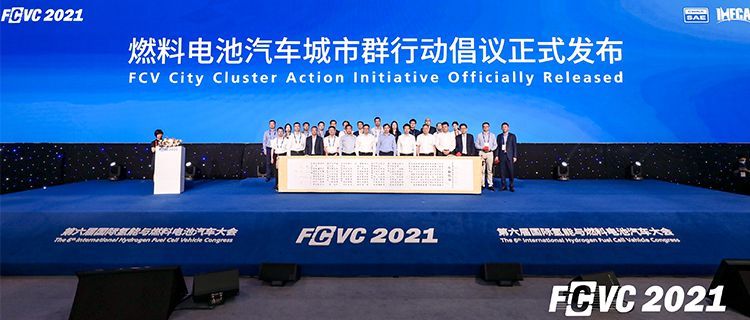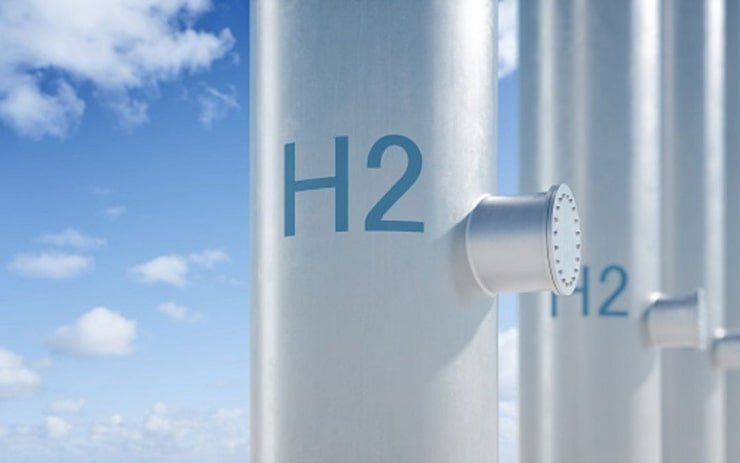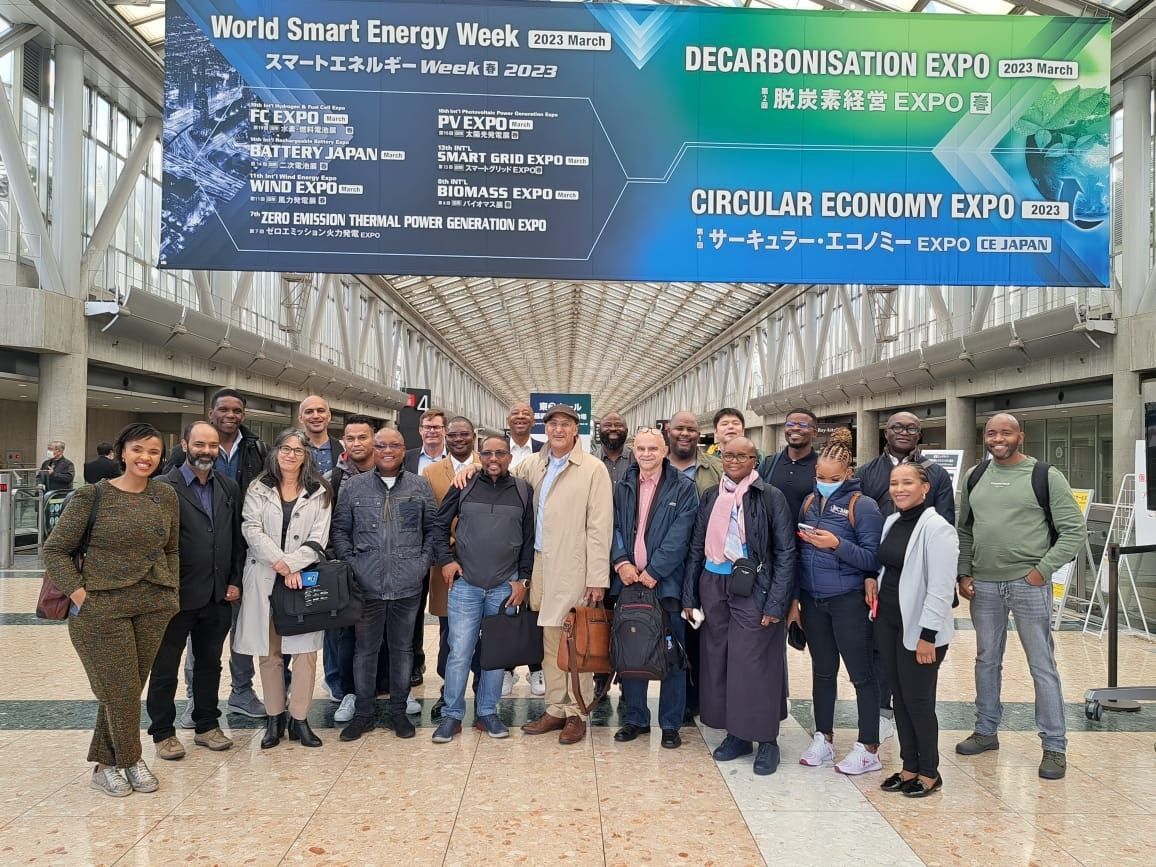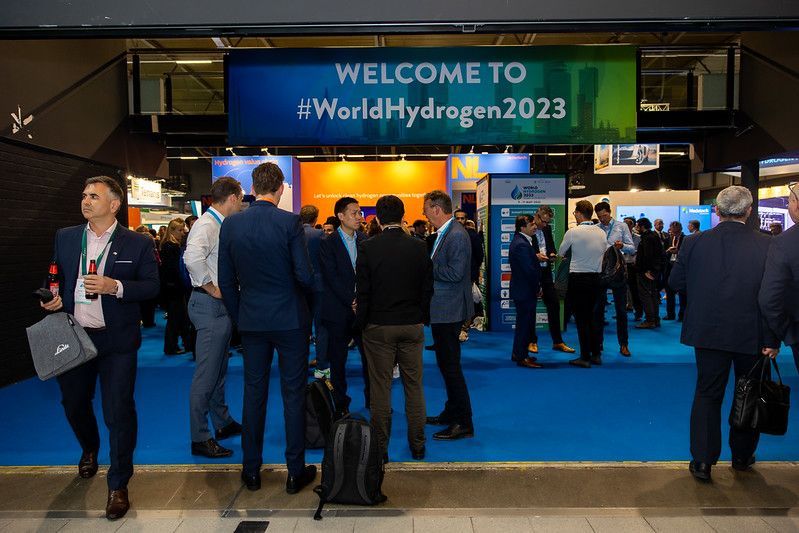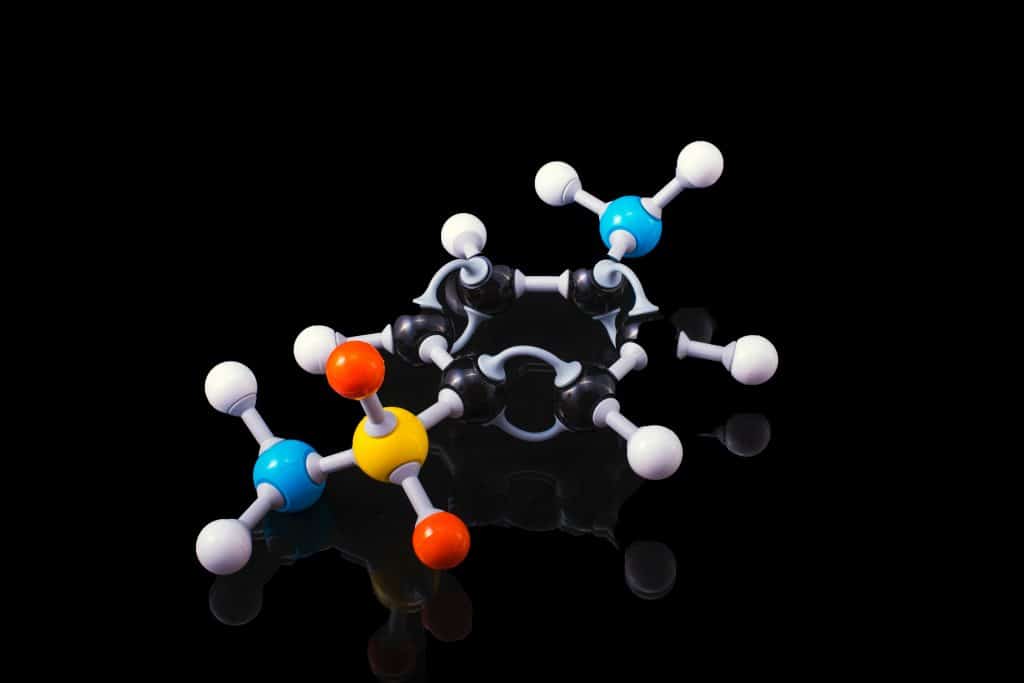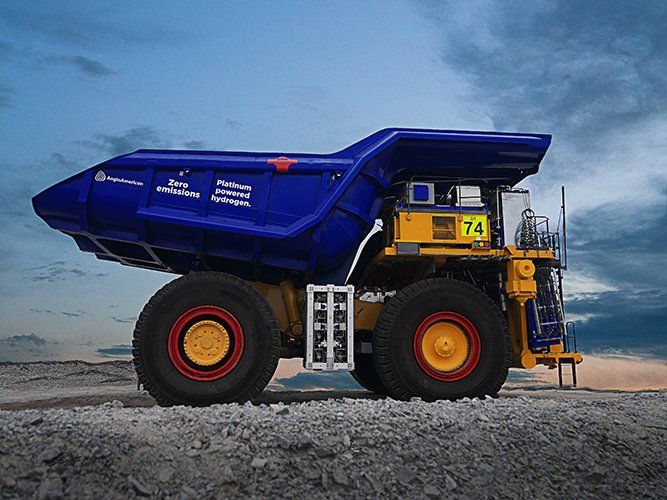Anglo American’s Hydrogen-powered truck is a head turner
Introducing nuGenTM Solution, Anglo American's Zero Emissions Haulage Solution
It’s a product of a culture that takes clean energy seriously.
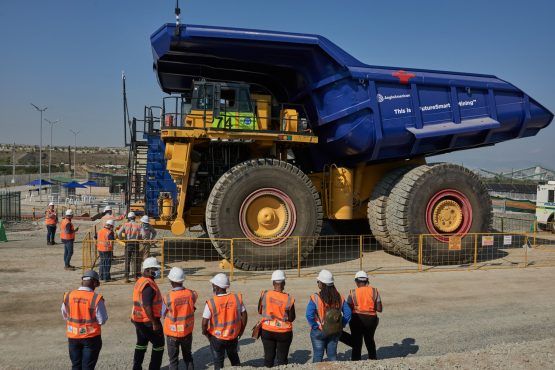
The mining group unveiled the world’s biggest green-hydrogen powered truck at its Mogalakwena platinum mine in Limpopo on Friday (May 6). Image: Supplied
It was many years in the making, but Anglo American’s recent unveiling of a hydrogen-powered truck with a load capacity of 290t is a game changer for the mining sector.
It’s a remarkable milestone for Anglo, and for the broader mining community. Known as the nuGen Zero Emission Haulage system, the hydrogen-powered truck is retrofitted from a diesel-powered vehicle, employing a hybrid hydrogen fuel cell providing roughly half of the power and a battery pack the other half, to allow energy recovery from braking.
The truck itself weighs 220t, with a load capacity of 290t, giving a total weight of 510t.
The technology allows the trucks to be run on hydrogen produced on site, combined with battery power.
The 2-megawatt hybrid battery/hydrogen fuel cell powerplant, which replaces the diesel engine installed, has been designed by Anglo American and First Mode in Seattle, USA.
The plan is to retrofit 40 diesel trucks at Anglo’s Mogalakwena platinum mine in Limpopo province, the largest open pit platinum mine in the world, and later roll out the concept to all 400 haulage trucks in the fleet. The haul truck fleet accounts for 80% of diesel emissions at Anglo’s mining sites, so a conversion to hydrogen/battery power will make a substantial contribution towards the group’s target of carbon neutrality.
Anglo has built a zero emission vehicles hydrogen production, storage and refuelling complex at Mogalakwena that incorporates the largest electrolyser in Africa and a solar photovoltaic field to support the operation of the haul truck.
It is fitting that Anglo Platinum has been chosen as the hub of the nuGen programme, given the importance of platinum group metals (PGMs) in the production of electrolysers needed to produce green hydrogen as a fuel.
The power management and battery systems in the truck have been developed to improve overall efficiency by recovering energy when the haul trucks travel downhill, through regenerative braking.
Hydrogen enters the fuel cell from the tank and mixes with oxygen to create water in a chemical reaction catalyzed by platinum. This generates electricity that is used to power the motors that drive the wheels.
The only emission from the vehicle is water vapor.
This is part of Anglo’s Future Smart Mining programme, involving step-by-step innovations where mines are integrated, automated, carbon neutral, and use far less water.
The launch of our nuGen truck provides a real-world case for the wider adoption and use of hydrogen across the heaviest duty forms of transport, for which hydrogen carries numerous advantages over battery technology.
Just Energy Transition
This is all part of Anglo’s Just Energy Transition, where companies, governments, communities and individuals agree a social compact towards a low carbon future. Anglo sees its role being that of a global leader in sustainable mining, where ESG (environment, social and governance) standards are weighted with real world solutions that make business sense.
At the launch of the nuGen truck, Anglo was able to point to the commercial logic behind the hybrid hydrogen/battery project. As the new mining trucks improve cost-competitiveness, demand for hydrogen could reach 40 kilotons by 2030, and up to 74 kilotons in Johannesburg, driven by growing demand from buses, public buildings, commercial offices and industries. Durban and Richards Bay could add another 70 kilotons of hydrogen demand by 2030 through heavy duty trucking, port operations and public buses.
A feasibility study by SA’s Department of Science and Innovation, together with Anglo American, the South African National Development Institute, Engie, and Bambili Energy explored the potential for a hydrogen valley to be developed in the Bushveld geological area and beyond, identifying tangible project opportunities centred around potential hydrogen hubs.
The study identifies three hubs with a fundamental role to play in integrating hydrogen into South Africa’s economy, and in establishing the country as a strategically important centre for green hydrogen production. They include Johannesburg, extending to Rustenburg and Pretoria; Durban, encompassing the city itself and Richards Bay; and Limpopo province centered around Anglo American’s Mogalakwena PGMs mine.
Nine key pilot projects have also been identified across these hubs and are recommended to be prioritized by developers. They span the transport, industrial and construction sectors.
According to the study, establishing a hydrogen valley could add more than $3.9 billion (R63 billion) to South Africa’s GDP by 2050, while creating in excess of 14 000 jobs per year, spanning the entire hydrogen value chain, from research and development, engineering and maintenance, to training and outreach – across sourcing, production, transportation, storage and applications such as fuel cell manufacturing. The potential contribution to GDP and job creation is more than double these figures when indirect contributions are factored in.
The study sees potential for the adoption of fuel cell forklifts in Durban and Richards Bay ports, for large haul mining trucks across the country, for buses in Johannesburg, and to power data supply centres in Limpopo and for offices in Johannesburg and Pretoria.
This is why the successful piloting of the nuGen truck has elicited such excitement. It heralds not just the birth of a new generation of clean technologies in large haul mining, but opens the door to a much larger economy that will bring SA closer to the goal of carbon neutrality – all the while, creating commercial opportunities and jobs where they are most needed.
